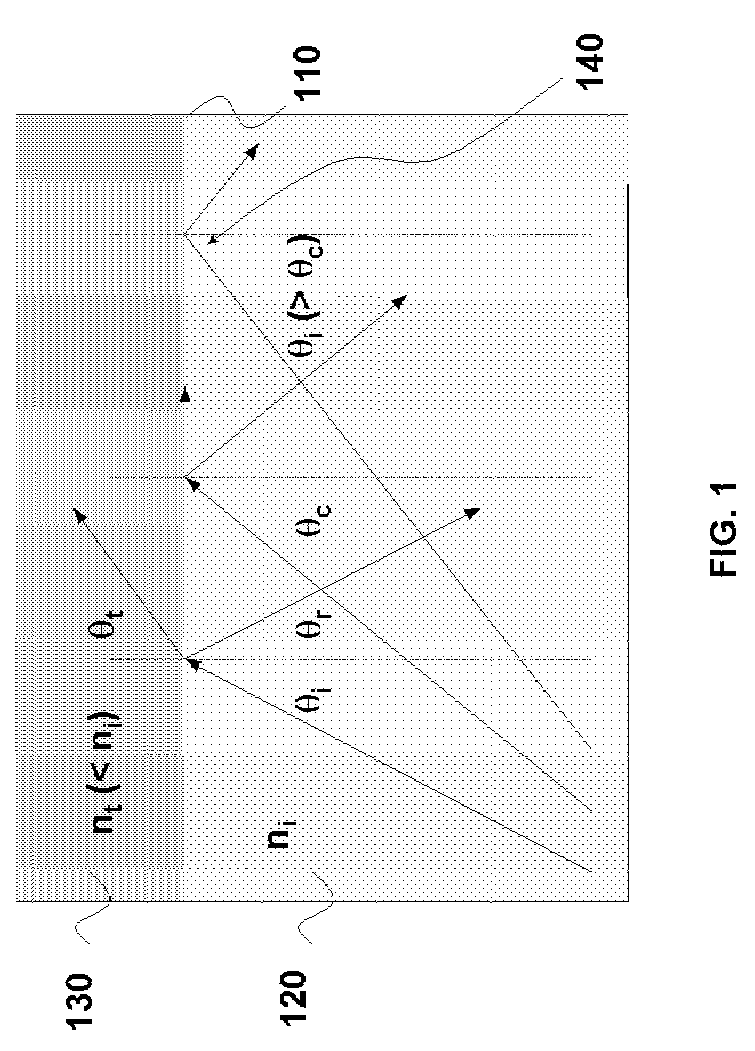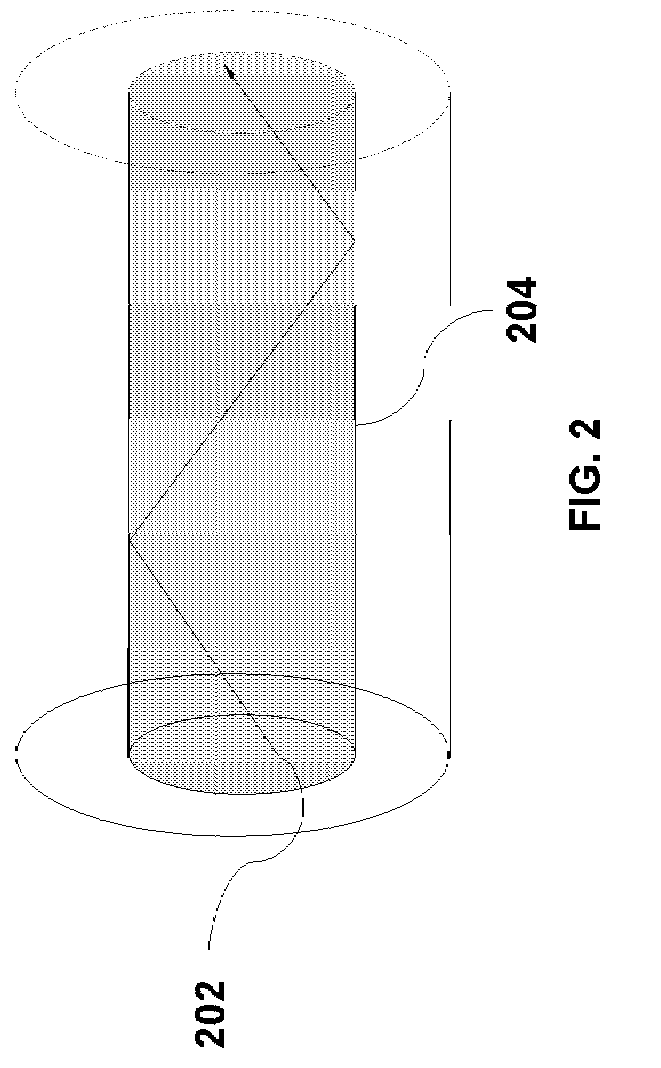Superlens and a method for making the same
- Summary
- Abstract
- Description
- Claims
- Application Information
AI Technical Summary
Benefits of technology
Problems solved by technology
Method used
Image
Examples
Embodiment Construction
[0038]The present invention provides an apparatus that can control the size and the phase of an electromagnetic beam, and can independently focus it in the horizontal and vertical directions. The present invention also describes a method to create such an apparatus. To improve the understanding of the present invention, fundamental concepts related to the invention are herein described.
[0039]Fundamental Concepts: An electromagnetic wave is characterized by a wavelength and a frequency with which it oscillates. Further, the electromagnetic wave travels at a speed that depends on the medium through which it is traveling. The speed of the electromagnetic wave decreases as it travels from vacuum to a medium. The ratio of the speed of electromagnetic wave in vacuum (c) and the speed in the medium (v) is a property of the medium and is referred to as the refractive index (n) of the medium.
[0040]When the electromagnetic wave travels through a medium, the frequency of the electromagnetic wa...
PUM
 Login to View More
Login to View More Abstract
Description
Claims
Application Information
 Login to View More
Login to View More - R&D
- Intellectual Property
- Life Sciences
- Materials
- Tech Scout
- Unparalleled Data Quality
- Higher Quality Content
- 60% Fewer Hallucinations
Browse by: Latest US Patents, China's latest patents, Technical Efficacy Thesaurus, Application Domain, Technology Topic, Popular Technical Reports.
© 2025 PatSnap. All rights reserved.Legal|Privacy policy|Modern Slavery Act Transparency Statement|Sitemap|About US| Contact US: help@patsnap.com



